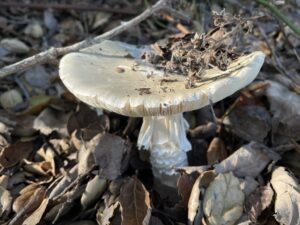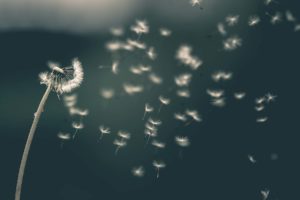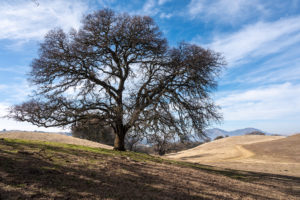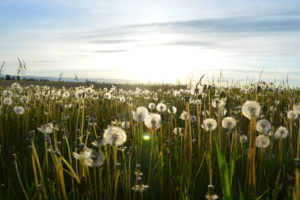On first moving to West Marin, I came to fervently believe that the Bolinas Mesa isn’t meant to be filled with non-natives like eucalyptus, Chiapas oak, Monterey Pine, Scotch broom, Harding grass, and fennel. Not many agreed with me at the time, but those that did also felt passionately that coastal scrub and maritime chaparral deserved a place here.
We became advocates for living with shrublands, an unassuming habitat made up of evergreen shrubs and herbs. Chaparral and scrub plants are the right tools for the job in many difficult landscaping situations, preventing erosion on steep slopes where trees might be undesirable, and presenting the right timing of blossom, berry, and seed for local wild-life.
As a coastal scrub gardener for 30 years at the southern end of the Point Reyes National Seashore, I’ve watched shrubland plants grow from babies to grandparents. Inspired by the possibilities present in the shrublands of the Point Reyes National Seashore, I continually expand the garden’s plant palette, like someone reading a book with a dictionary open on their lap. The more I add, the more it seems like an evolving version of Paradise: coyote bush, California sagebrush, monkeyflower, sword fern, shrub lupine, variegated lupine, annual lupine.
A nut crop from California hazel, an auspicious huckleberry season, these are reasons for celebration. Pacific wax myrtle, blueblossom, coffeeberry, silktassel, hazel, currant. Poppy, reedgrass, fescue, Hairy honeysuckle, blue elderberry and red, ruby chalice clarkia.
At a recent workshop here, coyote bush, that mainstay of coastal scrub, came in for its usual share of admiration: “Can that be coyote bush? It looks so good.” Its evergreen ability to form cozy and private garden “rooms” was appreciated, as well as its capacity to set off other plants. How surprised I was in my early days of growing coyote bush, when in the fall, its modest flowers became the focus of intense butterfly and insect activity, followed by silky silver tufts floating through the air.
I wasn’t expecting this delicate loveliness from this species, sometimes called “tickbush.” Nor was I expecting the handsomeness, ease of care, and rich variability of all of these shrubs.
Equally unexpected were the many advantages of a shrubland garden: reduced tree maintenance bills, disaster-free storms, protection for dozens of bird species, less weeding, and such a full complement of insects that ecological balance is effortlessly achieved.
Another bonus is the deep connection I feel to the wild shrublands, as I bring my garden-based knowledge to their understanding, and field memories of the wild back to my garden.
Sometimes I fantasize about giving wildland coastal scrub some of the same care and attention my backyard shrubland gets. The shrublands are sensitive indicators of all of a site’s attributes, including what went before – its land history. If, someday, researchers try to understand the land history in my garden, perhaps they’ll call it “habitat restoration garden scrub.” or “scrub restoration scrub, “ They’ll deduce correctly that a shrubland-lover once lived here.





